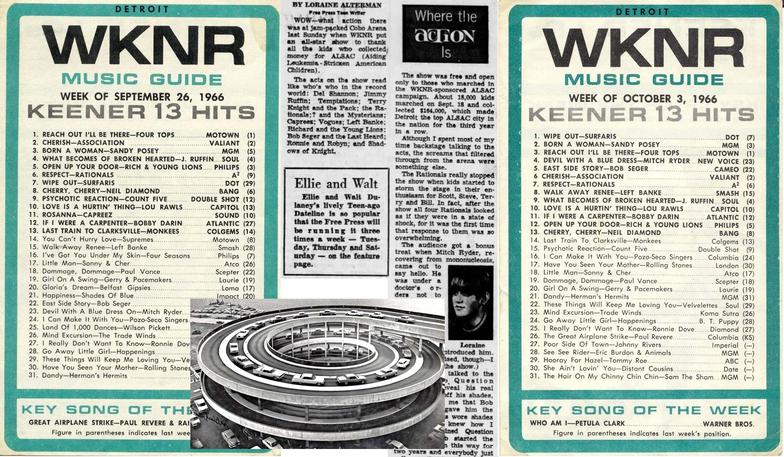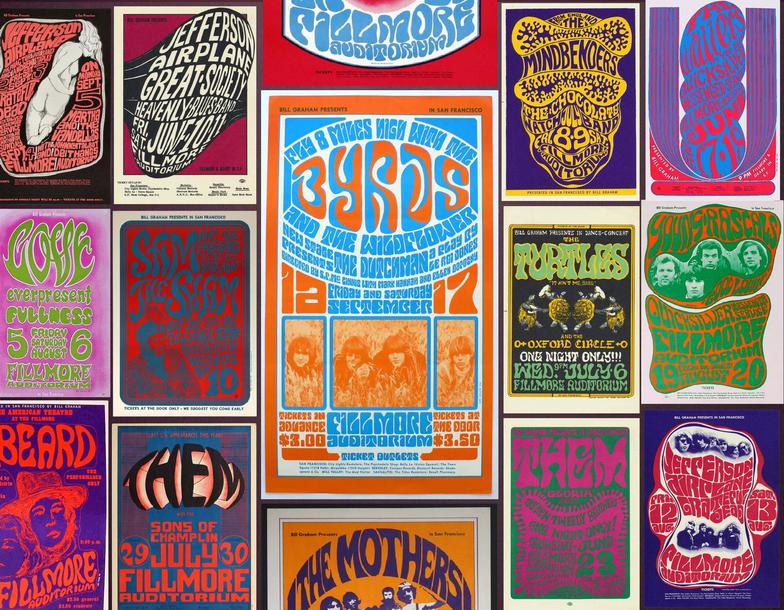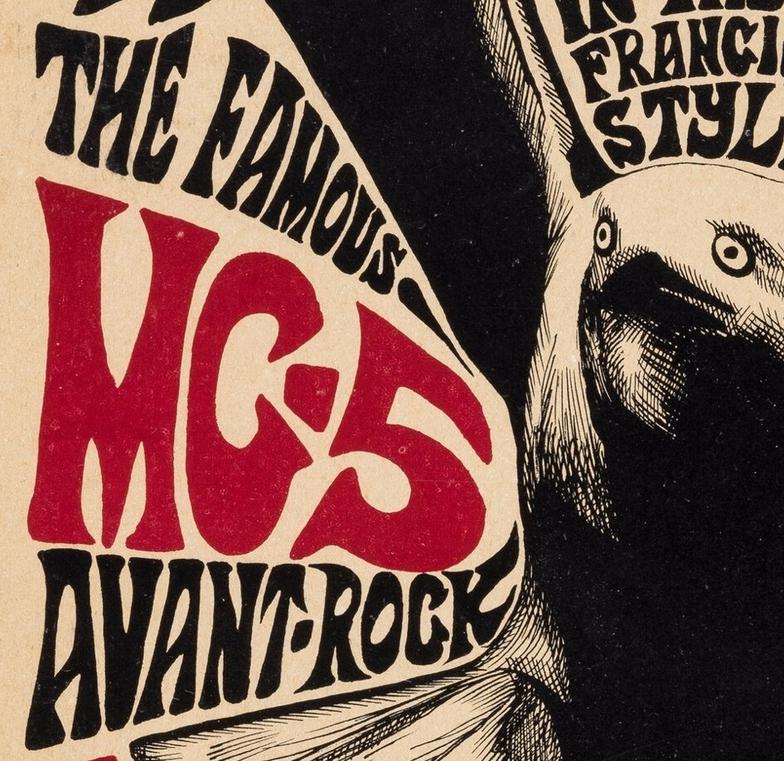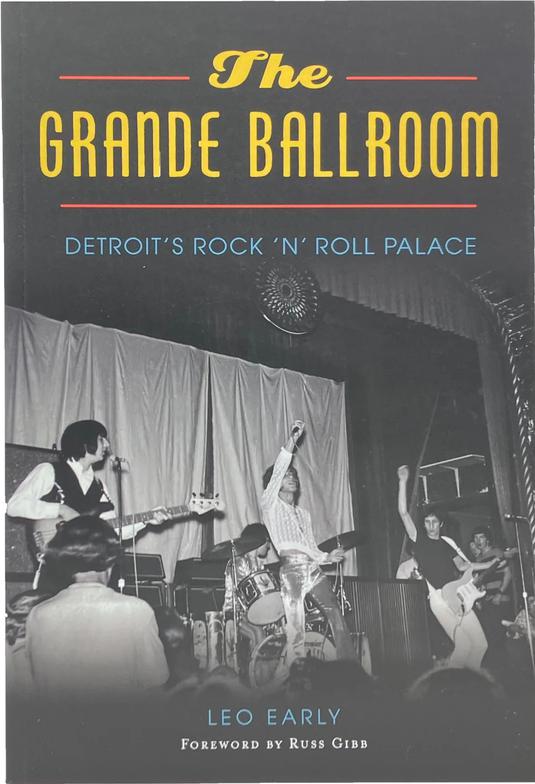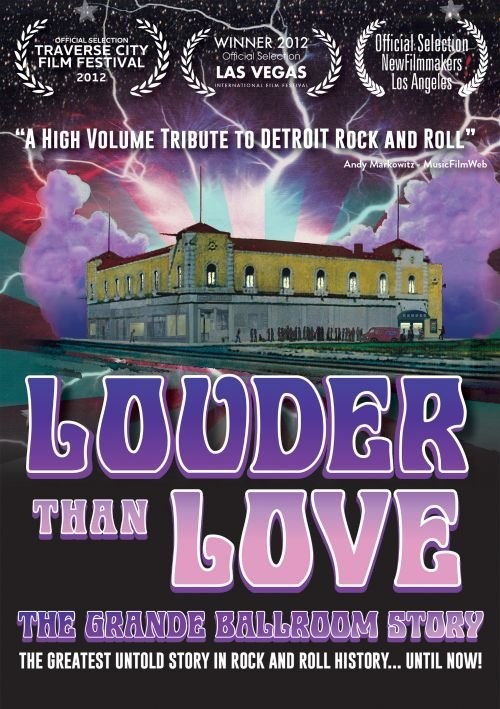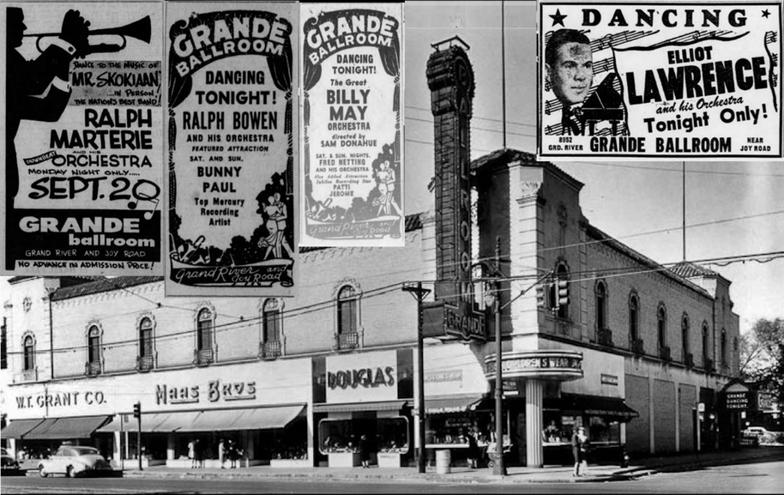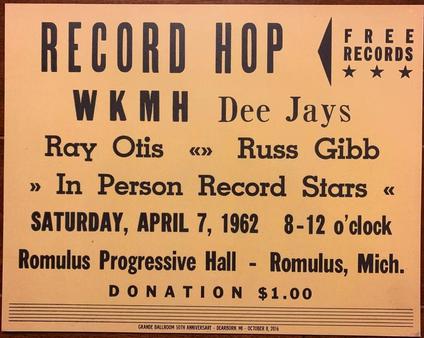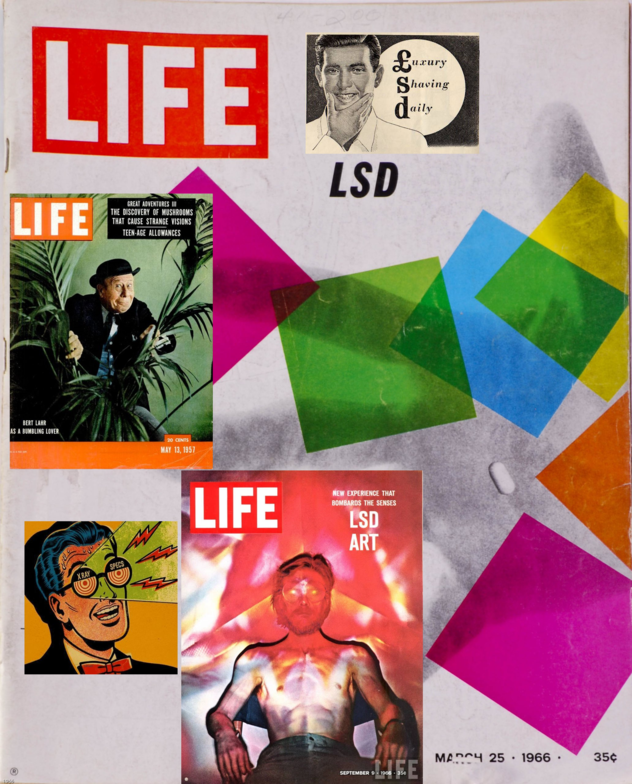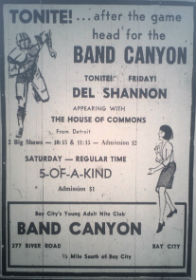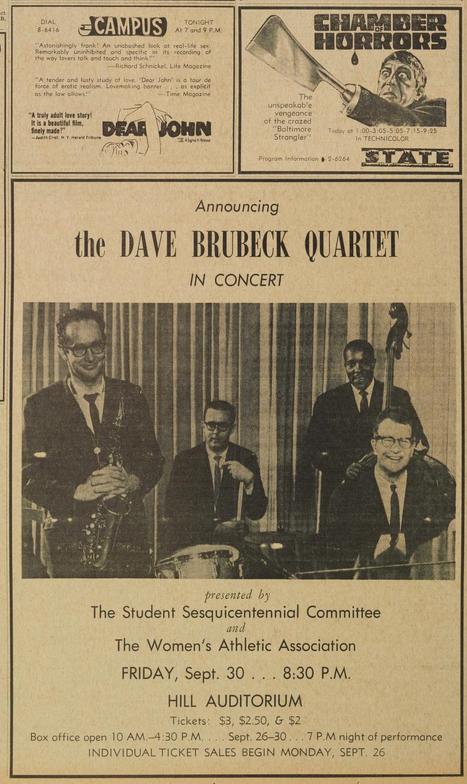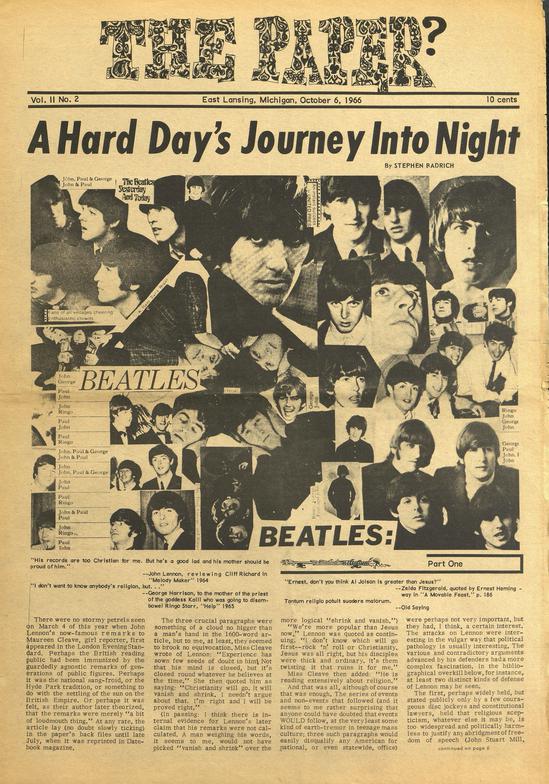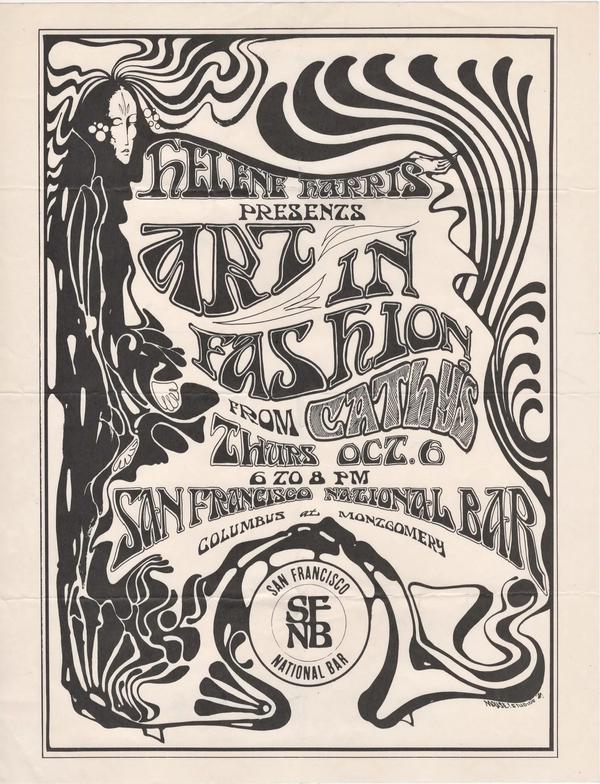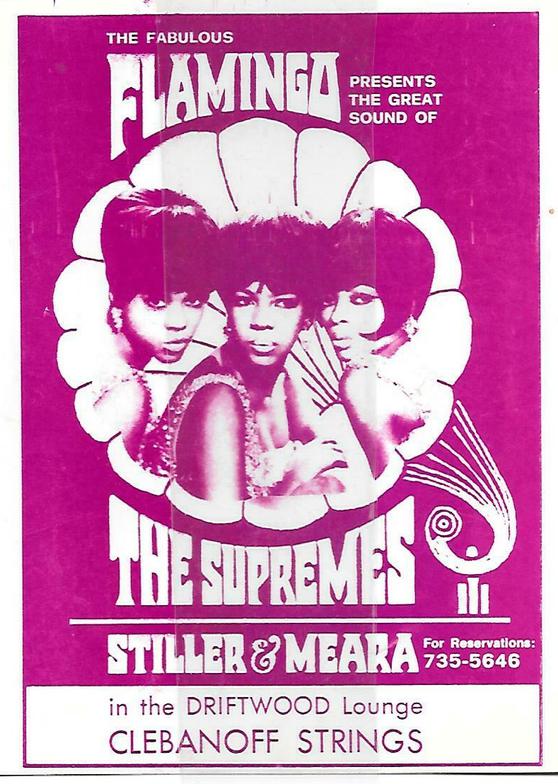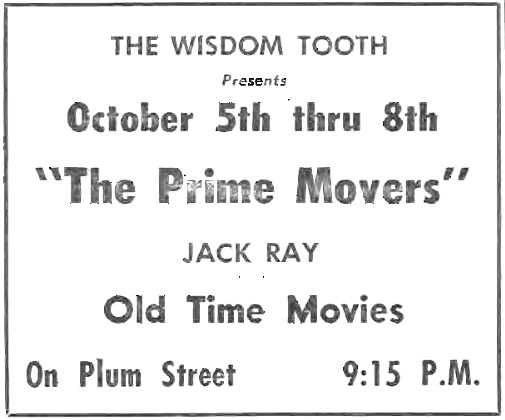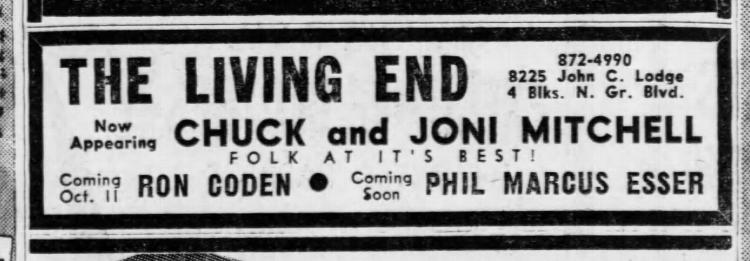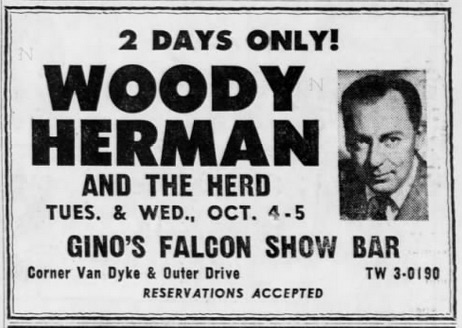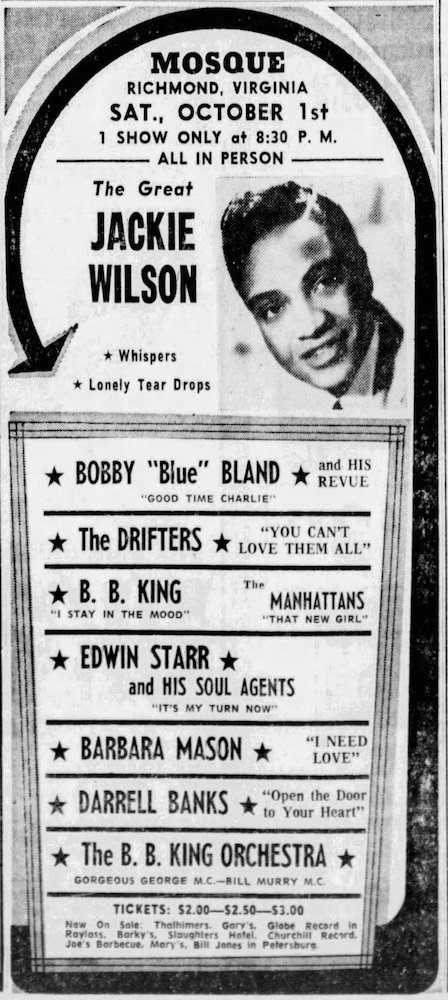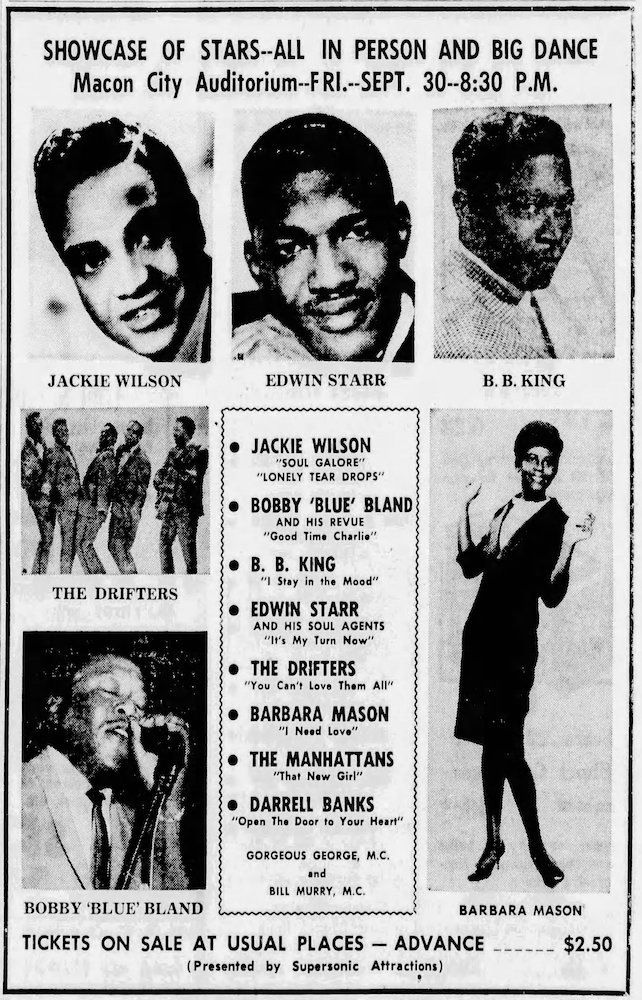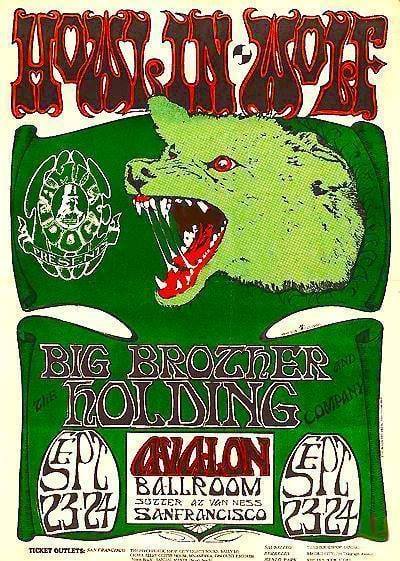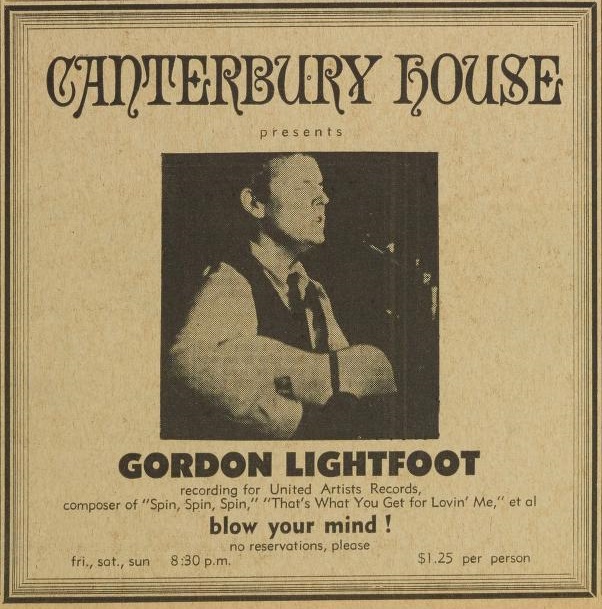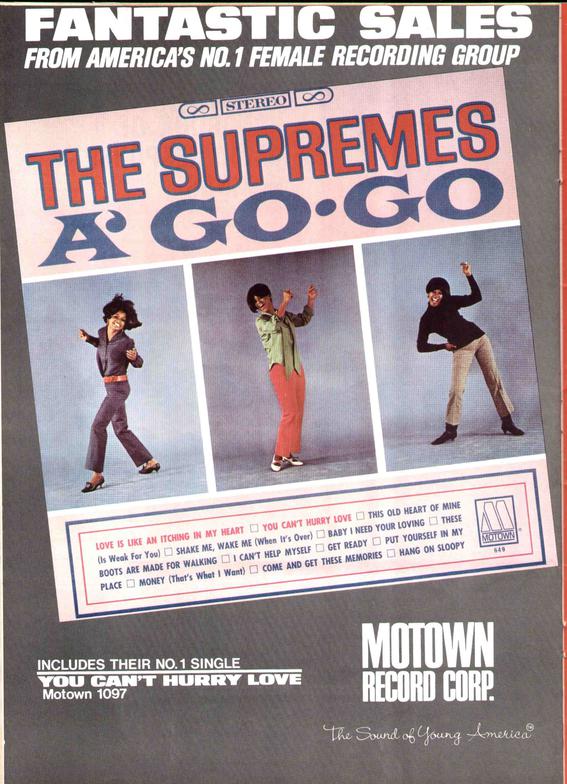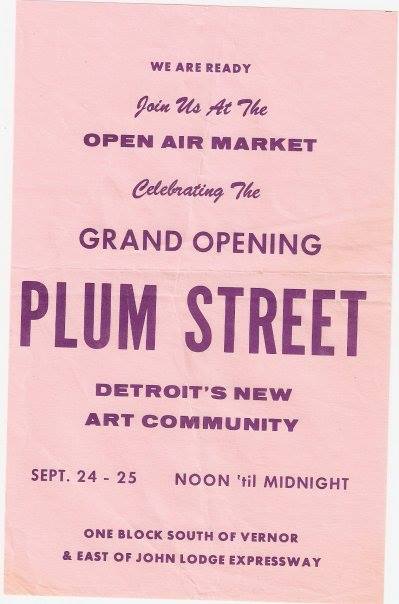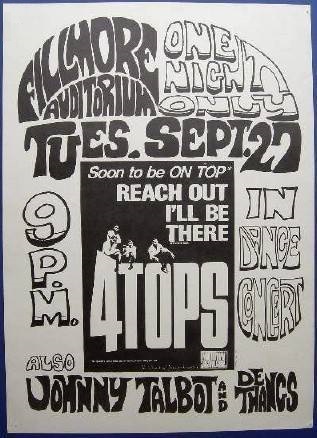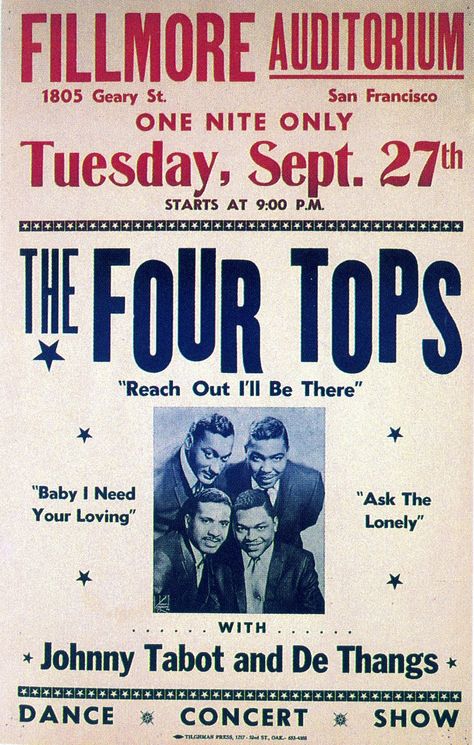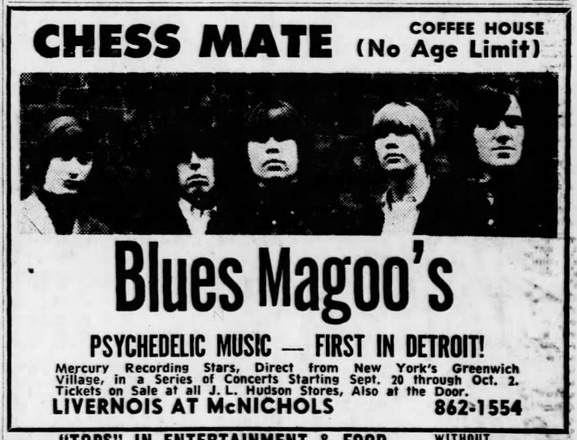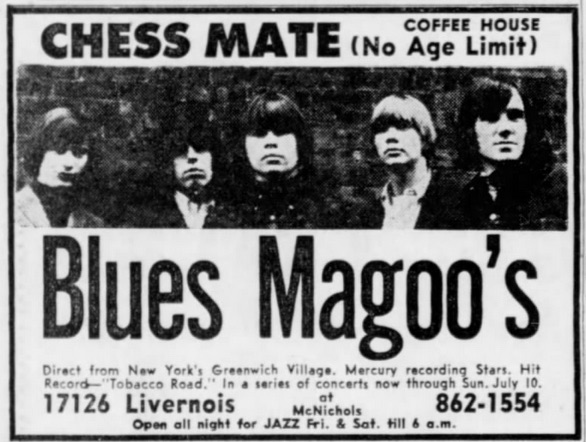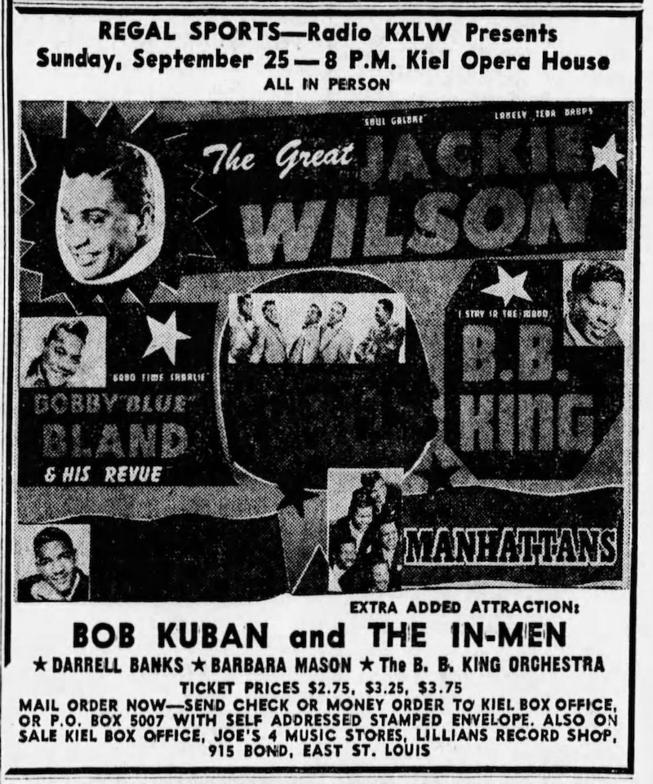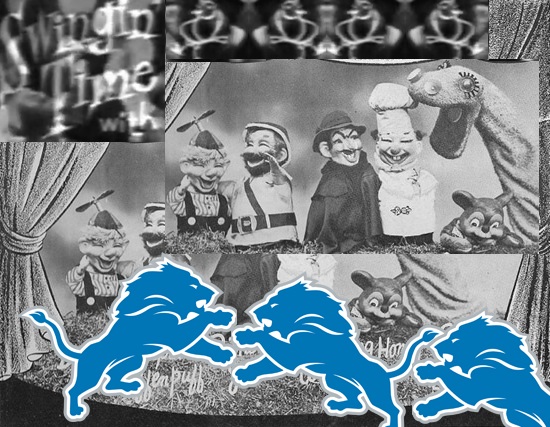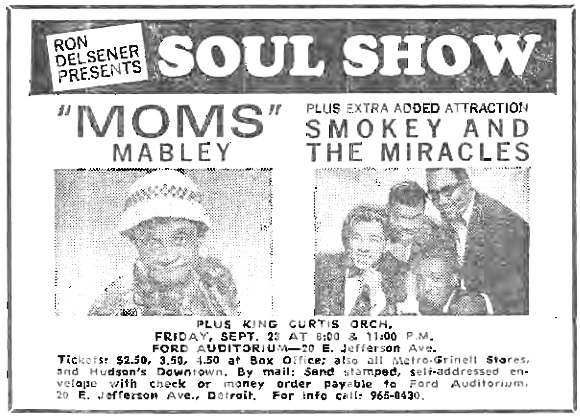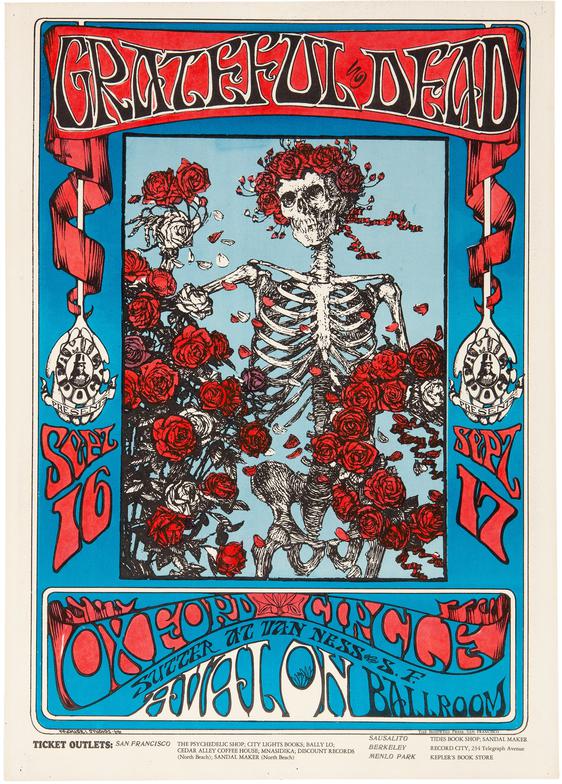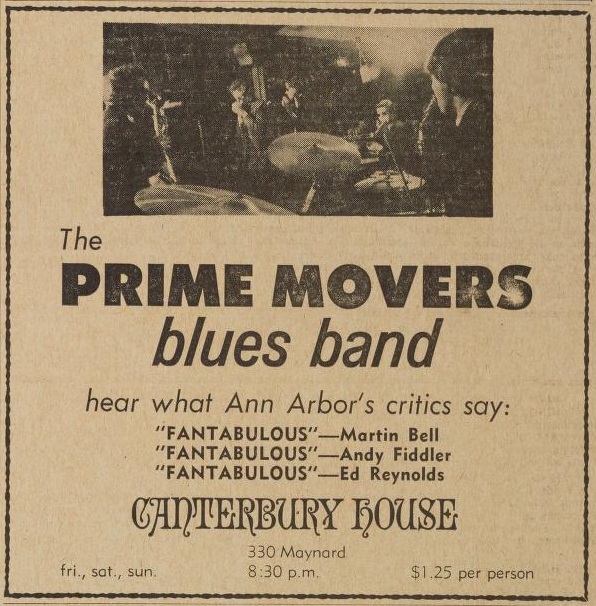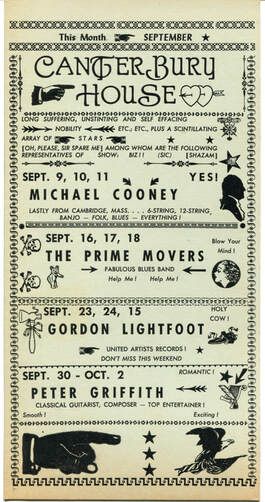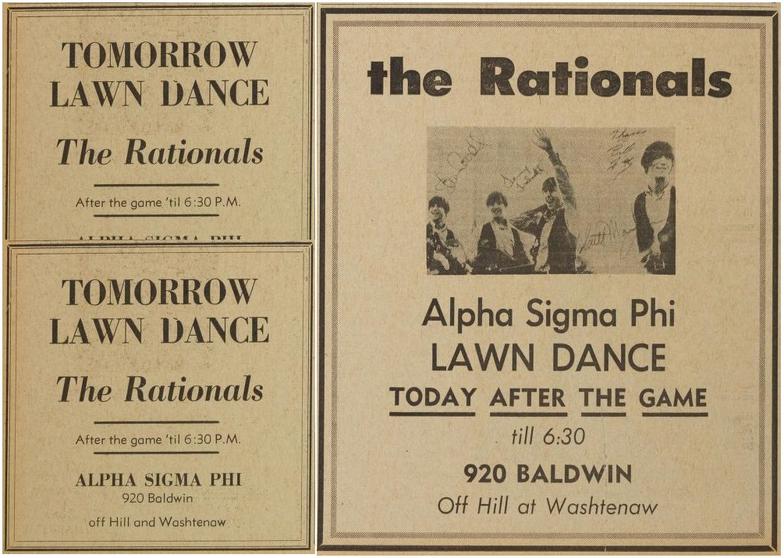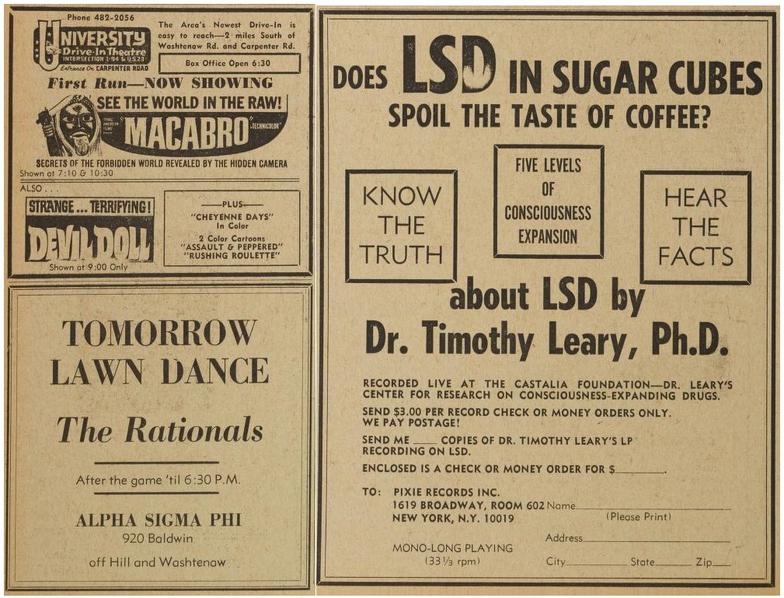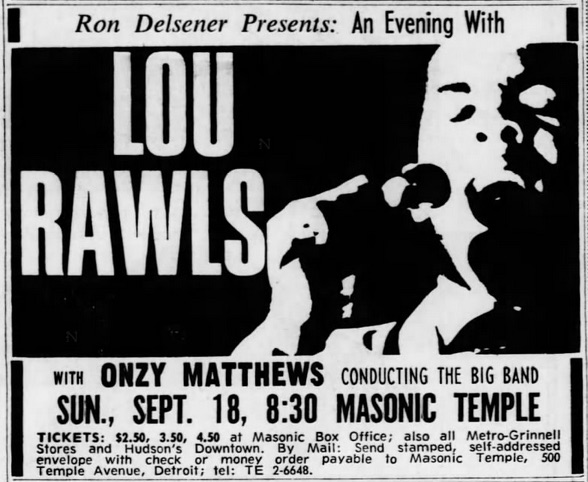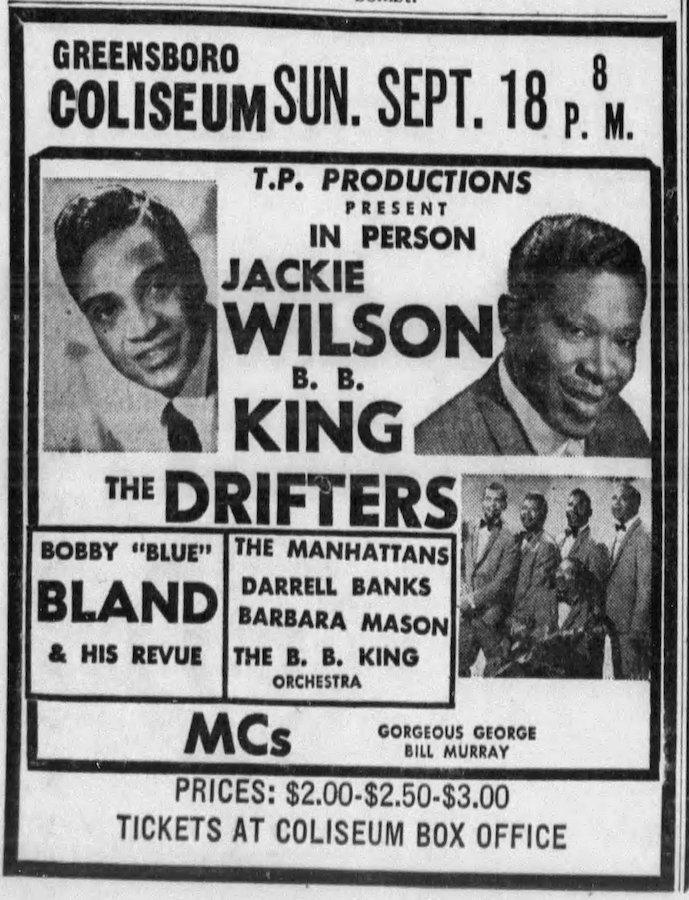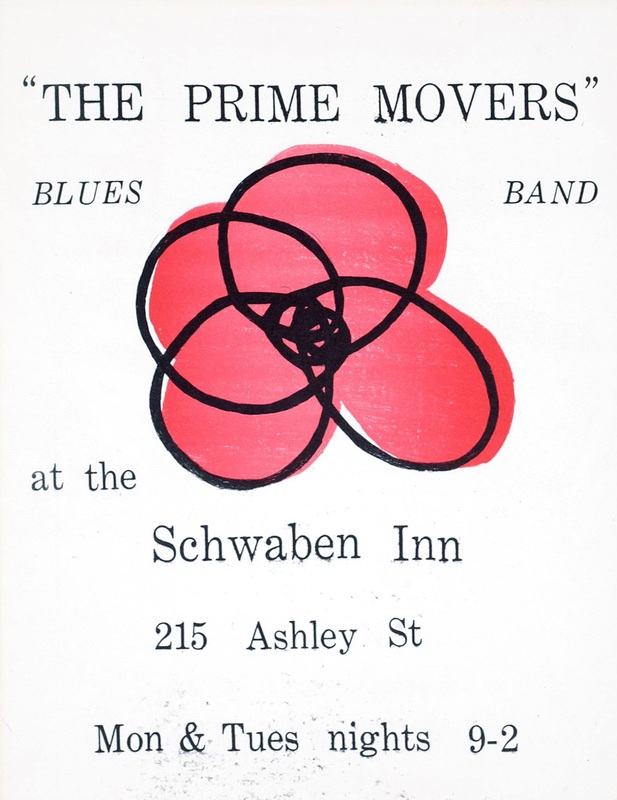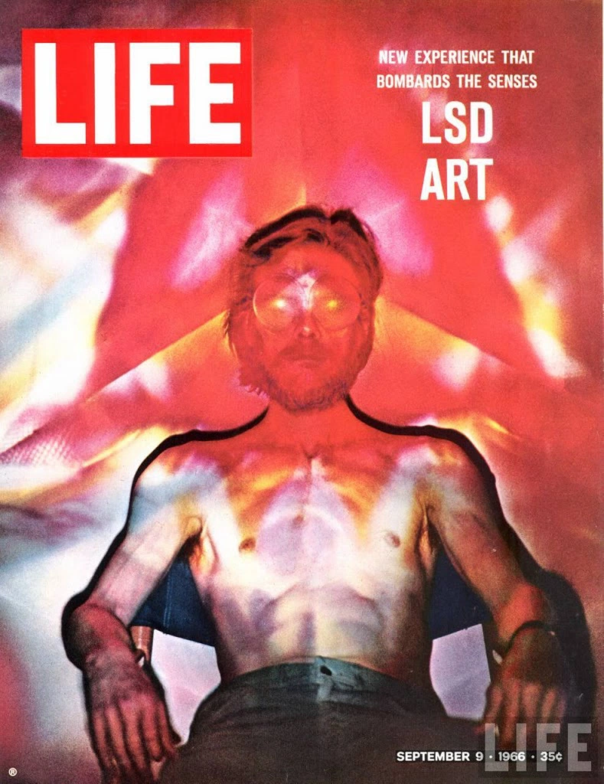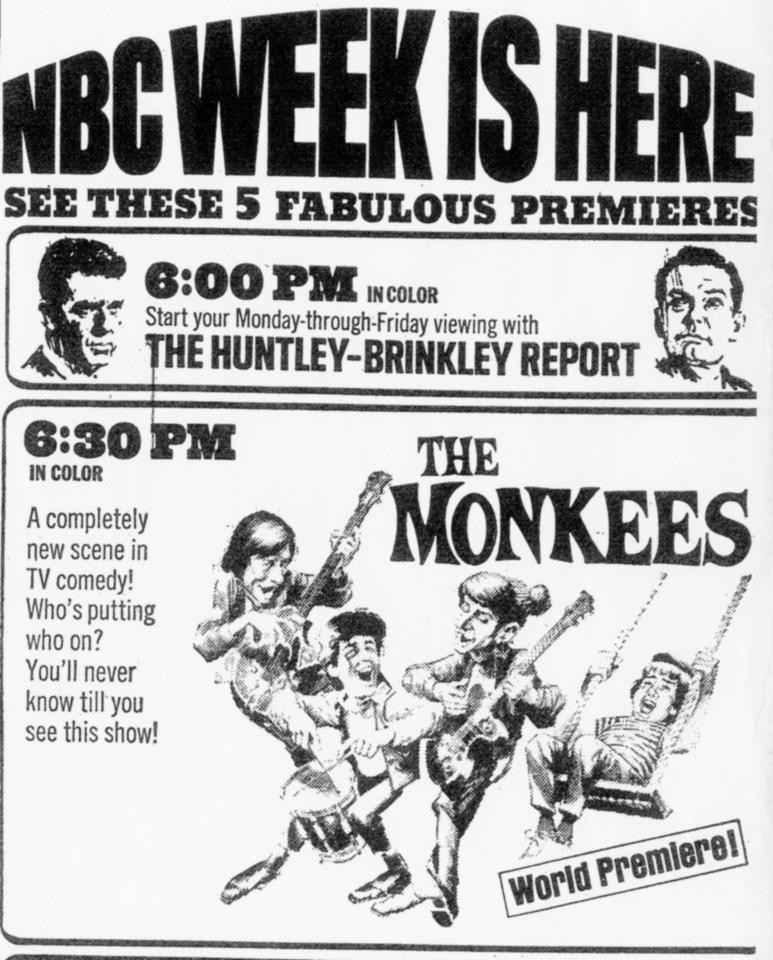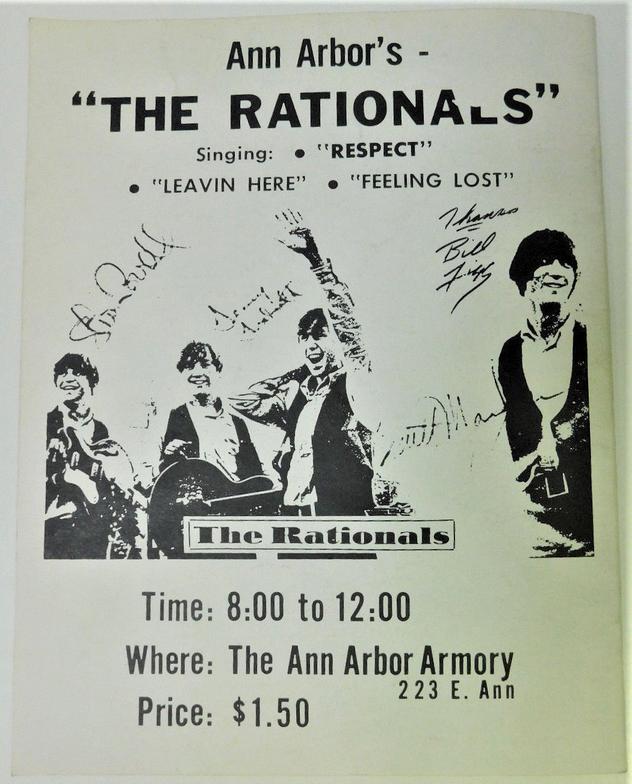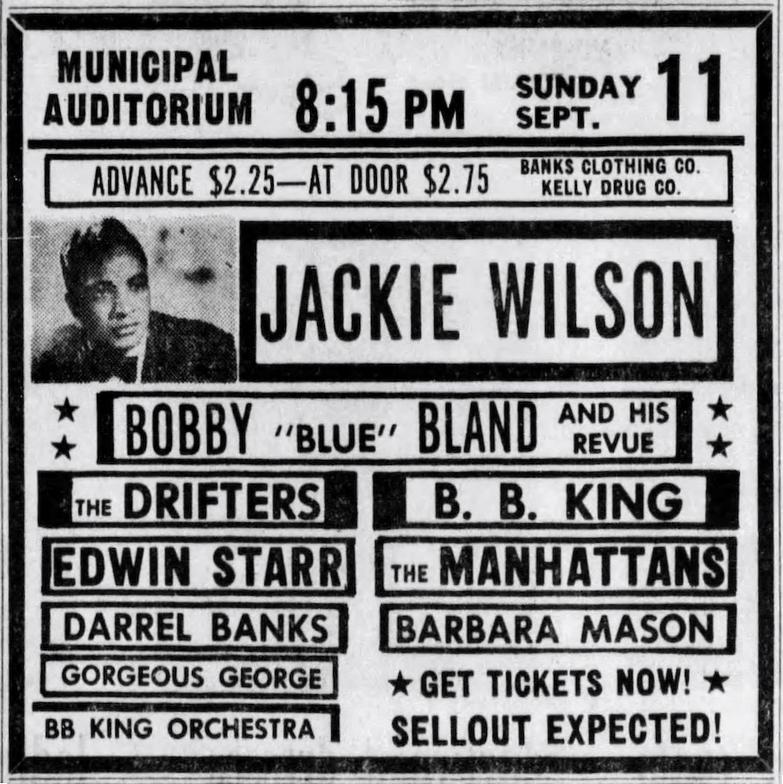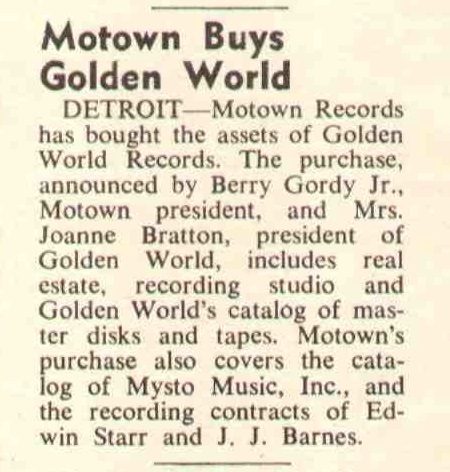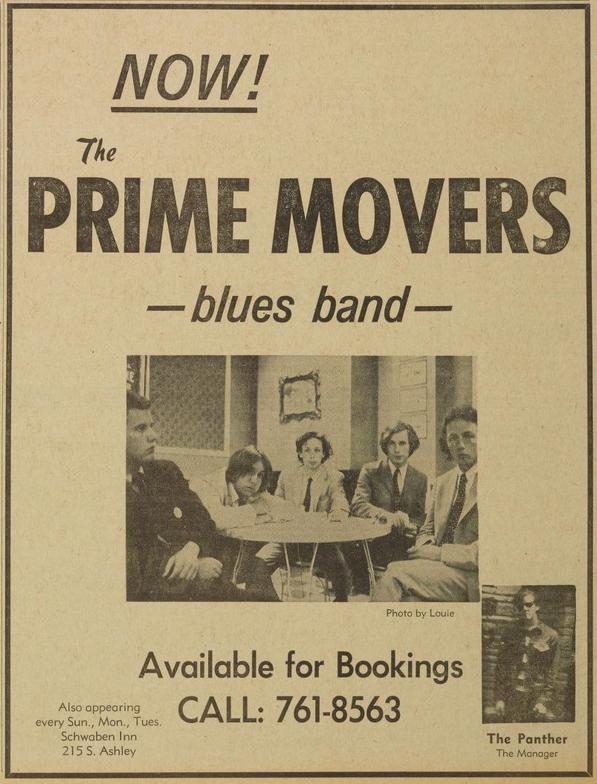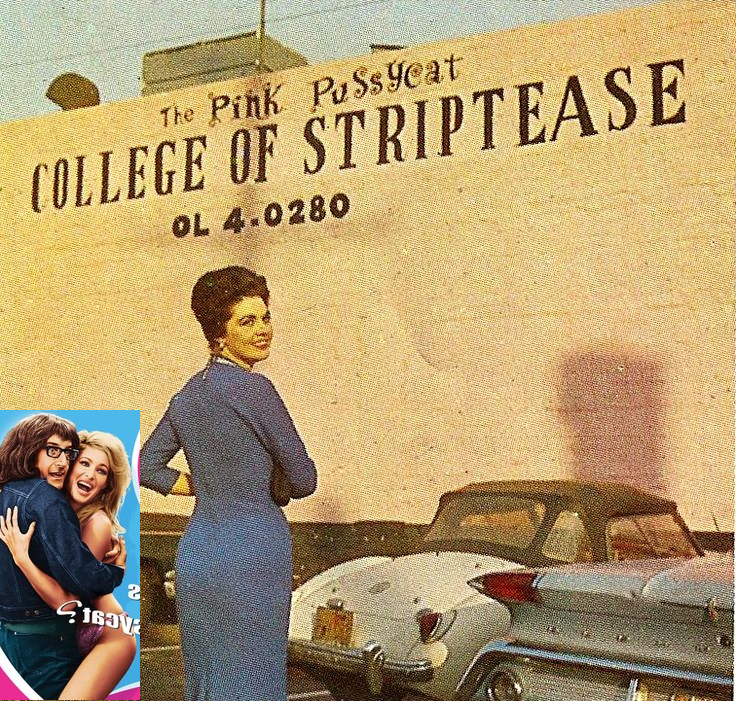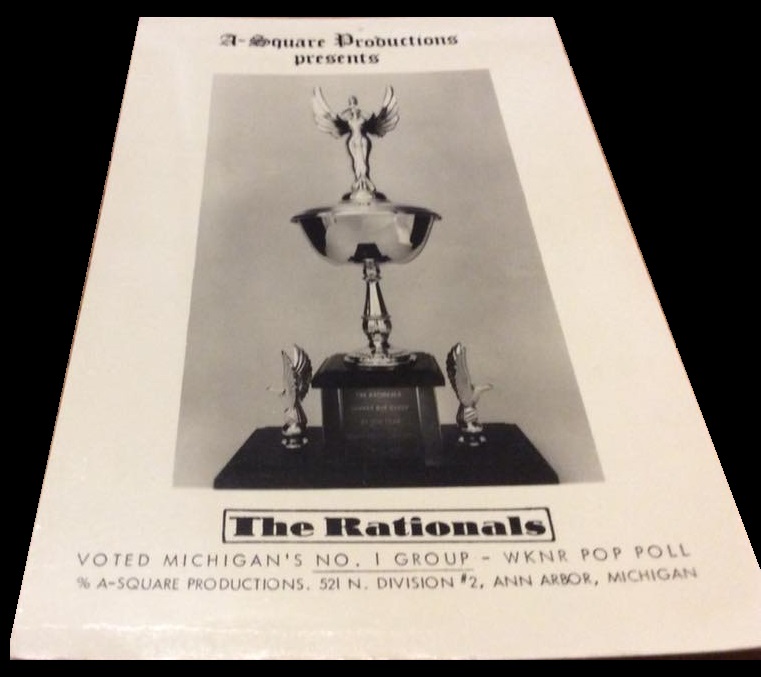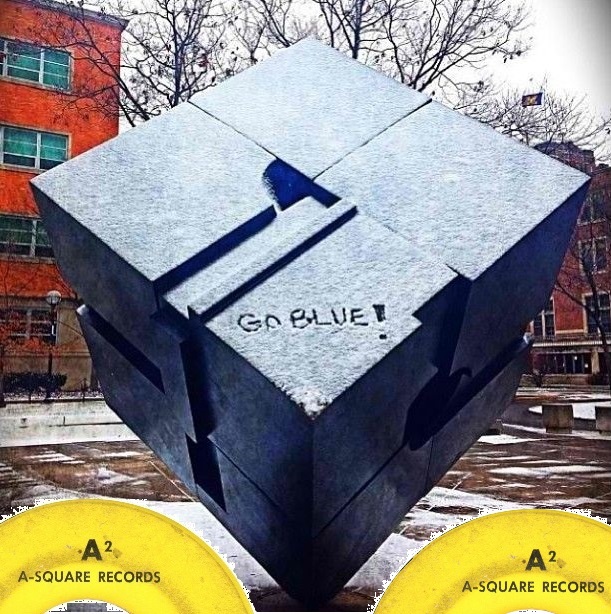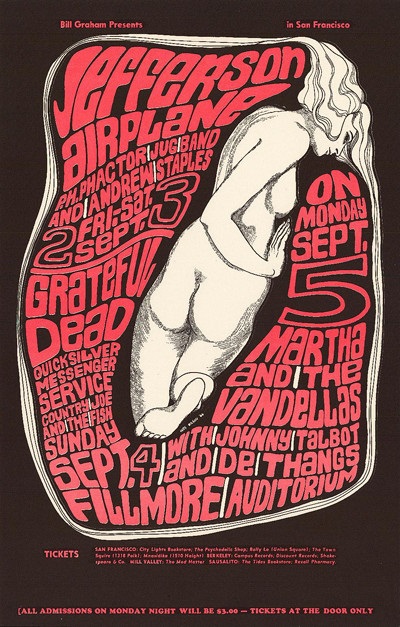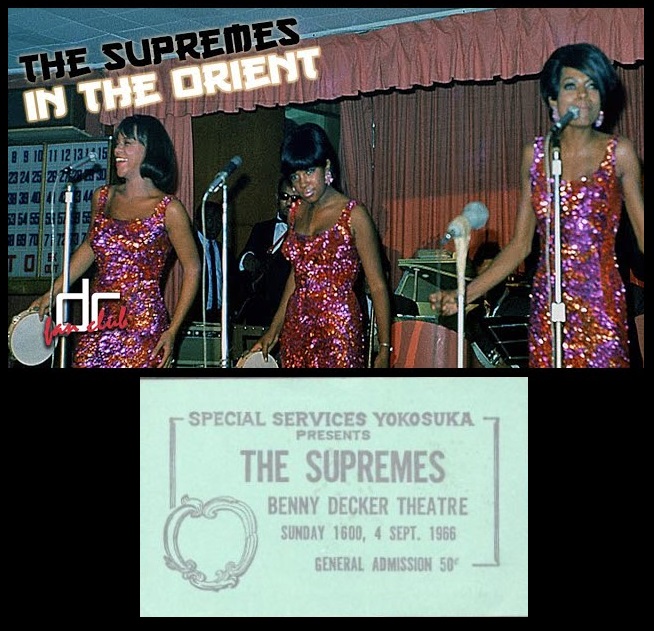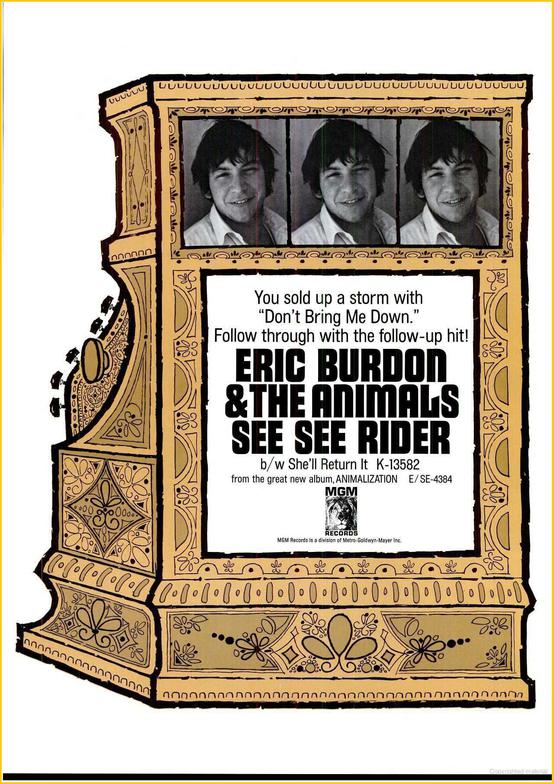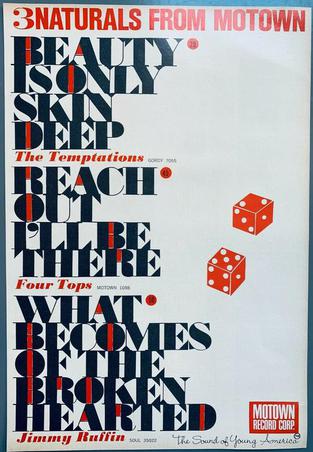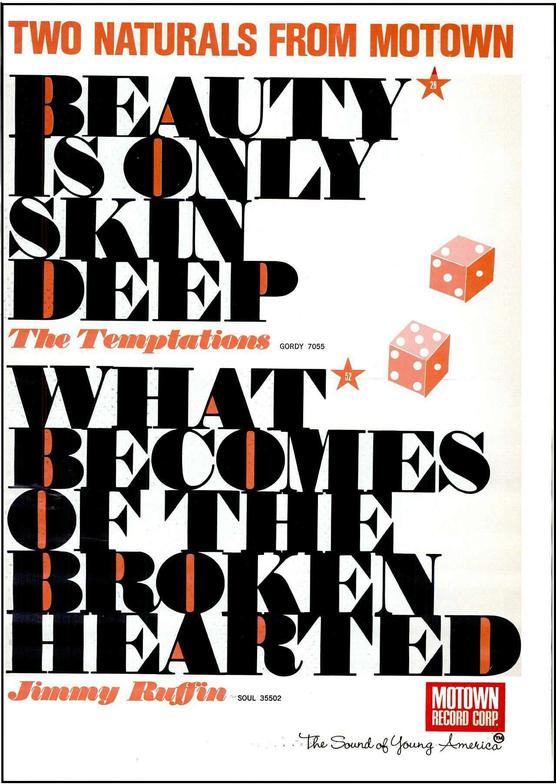Splatt Gallery
Double click here to add text.
Splatt Gallery's History of Michigan Music Posters
Volume Two - 1964-1966 - Page Seventeen
***********************************************************
Volume Two - 1964-1966 - continues - HERE
The weekend before The Grande opening, WKNR-Kenner 13 hosted an all-day Sunday concert at Cobo Hall on October 2, 1966, that had free admission as a thank-you to the 18,000 kids that had marched earlier in the month and raised $64,000 for the ALSAC leukemia research organization (making Detroit the top fundraiser city in the country for the third year in a row).
The line-up was stellar, including Del Shannon, Jimmy Ruffin, The Temptations, Terry Knight & The Pack, The Rationals, ? and The Mysterions, Shadows of Knight, Richard &The Young Lions, and Bob Seger & The Last Heard (plus others)! What a great poster that would have made.
Even though the Top-40 format had killed the golden age of the DJ, locally the format was, at least early on, still pretty lively. For example, in 1966, the #1 spot on the weekly WKNR Music Guide was shared by at least 22 different artists, ranging from the rancid “Cherish” by The Association to The Stones and The Troggs. (Unfortunately, “Cherish”, by the way, is ranked the #1 song at WKNR for the “all-time” period of 1956 to 1968, but “Heavy Music” is #2.)
Nevertheless, there were a lot of great bands and songs that still got into the mix. Maybe it was good programmers that were picking the records for the jockeys to play, and there was certainly a lot of dedicated emphasis on local acts.
It’s interesting to see the “bump” that some of the artists at the Thank You concert experienced in the week following the show compared to the week before. Mitch Ryder (who appeared but did not perform), and Bob Seger, each jumped up about twenty spots. And that damn “Cherish” even dropped a few.
The most soulful song the kids would have heard that day (or any other day) had to have been by Jimmy Ruffin. Motown was a real family affair and Jimmy was the older brother of David Ruffin of The Temptations who had four #1 R&B hits in 1966 themselves.
Jimmy Ruffin – What Becomes of the Brokenhearted (1966)
https://www.youtube.com/watch?v=cQywZYoGB1g
Russ Gibb became close friends with another DJ in his early radio days, Jim Dunbar, who was at WXYZ. Dunbar went to KGO in San Francisco (where he would later become famously involved in the Zodiac Killer case). In the “summer” of 1966, Gibb went out to San Francisco to visit his friend, and Dunbar had some free passes to check out this hot, new club that had been given to him by the promoter, Bill Graham.
Going to The Fillmore was a life-changing experience for Gibb. The music was LOUD, images projected on the walls in swirling colors, the dancers in wild abandon. This was definitely not the Pink Pussycat Club, or even the rough and tumble Hideouts that were back home. After the show, Dunbar took Gibb to meet Graham, who gave them a full tour and answered a barrage of questions from the excited Gibb. At one point, Graham asked, “Where did you say you were from?” “Detroit”, Gibb answered. Graham replied, “And how far away is that?” Gibb told him, “About 2,000 miles” and Graham said, “OK” and proceeded to give him the names of the lighting production outfit and other details of creating the scene.
In an interview with Michael Erlewine, Russ Gibb says that the band he saw that night at the Fillmore was The Byrds because he remembered the odd spelling of their name. The poster for that show has to be the one in the middle of the above picture since it was the only time that The Byrds played the Fillmore, September 16-17, 1966. Furthermore, Gibb told Erlewine that it only took him three or four weeks after getting back to Detroit that he opened The Grande, so the timing also fits for Gibb’s “summer” trip to have occurred in September 1966.
The Byrds show was the 28th one that Graham put on at the Fillmore (the poster is known as BG-28 in the collector world). This was right around the time that Graham was beginning to realize the commercial potential of these posters (all of these, by the way, were by artist Wes Wilson) and he undoubtedly must have given some to Gibb, because one of the items on Russ’ to-do list when got back to Detroit was to find a poster artist.
The Byrds – Eight Miles High (1966)
https://www.youtube.com/watch?v=4Il9q397lL0
Russ Gibb made astonishingly quick progress when he returned from San Francisco in landing a rent-to-buy deal on the old Grande Ballroom. He contacted Harvey Ovshinsky at The Fifth Estate newspaper in Detroit to ask about potential bands and Harvey referred him to the paper’s music editor, John Sinclair, who had just become friendly with a band from Lincoln Park, Michigan, a downriver community of metro Detroit, called the MC5.
When Russ first met the band they were still in their mod coats-and-ties fashion phase, but when he heard them play, he said they were EXACTLY what he was looking for. Plus, the band agreed to play for no pay at first, in exchange for being able to use the ballroom as their new rehearsal space.
In final preparations for the opening, Russ called MC5’s lead singer Rob Tyner to ask if he knew anyone that could make a poster. Rob woke up a friend of his that happened to be sleeping on his couch, named Gary Grimshaw, and told him, “Here, this is for you”.
Gary Grimshaw grew up in Lincoln Park, Michigan in a family of graphic artists, working at his uncle’s print shop in Dearborn and drawing all the time. He was the king of an “art gang” at his high school, which included friends Wayne Kramer and Rob (Tyner) Derminer, because he was the only one with a car and could transport them from the drab down-river area to the hip beatnik world near Wayne State University. After high school, Gary enlisted in the Navy and served in Vietnam, where his final tour of duty landed him in San Francisco to discover the scenes at The Fillmore and The Family Dog. He returned home to Detroit and crashed at his friend Rob’s house until something might come up.
There is probably little argument that Gary Grimshaw became the most significant psychedelic poster artist in Detroit. His work goes beyond concert posters to album art, logos, book covers, and numerous publications, including The Fifth Estate, The Sun, The Ann Arbor Sun, The Berkeley Tribe newspaper in California, and the San Francisco Oracle.
The Grande Ballroom in Detroit, Michigan, 1966 to 1972, is one of the most fabled and most revered live music venues, not only in Detroit but across the country and perhaps worldwide.
The definitive, authoritative, account of the Grande Ballroom is the 2016 book “The Grande Ballroom: Detroit’s Rock ‘N’ Roll Palace” by Leo Early. Leo was also the administrator of the Facebook page “Friends of the Grande Ballroom” found here - https://www.facebook.com/groups/fog1928
He was also the webmaster of “The Grande Ballroom” blog, since 2003, found here – http://thegrandeballroom.com/
A highly entertaining history of the Grande Ballroom is the documentary film, also released in 2016, “Louder Than Love: The Grande Ballroom Story” co-directed by Tony D'Annunzio and Karl Rausch.
And last, but not least, we have Splatt Gallery's poster history of the Grande Ballroom, found - HERE
The Grande Ballroom opened in 1928, a spectacular open room with a capacity of 1,500 on a second floor above a block of retail stores on Grand River Avenue near the intersection of Joy Road in Detroit, Michigan. A Moorish Deco design like other ballrooms, such as the Graystone and the Vanity, that were built around the same time, the “Gran-dee” became one of the most popular venues in town for big band ballroom dancing.
As the big band ballroom dancing era faded after World War II, new owners in the 1950’s attempted to revive the by-gone era by offering a “proper and wholesome” place for young people and you can guess how well that went. By 1961, as the last remaining venue of the ballroom era, the Grande was converted into a roller-skating rink and later, a storage warehouse for mattresses.
The biggest names of the times had performed on its stage, including Woody Herman, Bunny Paul, and Billy May, the brilliant composer and arranger that worked with Frank Sinatra and wrote the theme songs for many TV shows in the 60’s including The Green Hornet, The Mod Squad, The Naked City, and Batman.
Frank Sinatra – Come Fly With Me (1958)
https://www.youtube.com/watch?v=YEXWgyGkvCU
Russ Gibb discovered a lucrative sideline in presenting teen dances, called “Record Hops” or “Sock Hops”. These were low overhead affairs that involved renting a hall and hiring a DJ to spin records. Record companies looking to promote their artists would send them, often free of charge, to make guest appearances at these events to lip-sync their current hits. Gibb could make as much money on a Saturday night as he made in two weeks on his teacher salary. In addition, the dances put him in close contact with the teenage demographic, whom he called the “opinion makers”.
The above image is of a replica that was created for the Grande Ballroom's 50th Anniversary in Dearborn, Michigan on October 8, 2016.
It’s hard these days to convey how important magazines used to be and how LIFE magazine was our window to the world. At its peak, circulation was over 13.5 million copies a week and it invented an entire new media, called photo-journalism.
In 1936, Henry Luce bought the magazine, which had been started in 1883, solely for the rights to the name. Luce already owned the news magazine, TIME, the financial magazine, Fortune, and later, the sports magazine, Sports Illustrated. His vision for LIFE was to let the pictures tell the story, and some of the world’s most iconic photos of all time have come from its covers and its pages.
Although Luce was a hard-core conservative and active in Republican politics, he and his wife, Clare Booth Luce, were also users and advocates of the drug LSD. LIFE ran numerous features and cover stories regarding the drug, usually without the hysteria and fear that the rest of the media liked to focus on. It was the story in the May 13, 1957 issue, “Seeking The Magic Mushroom” that set both Albert Hofmann and Timothy Leary off onto their respective paths of exploration.
Abbie Hoffman wrote in his memoir, "I've always maintained that Henry Luce did much more to popularize acid than Timothy Leary. Years later I met Clare Booth Luce at the Republican convention in Miami. She did not disagree with this opinion."
Earlier, we reported that the first album with the word, ”psychedelic” in the title was by the 13th Floor Elevators. We still stand by that, but it was only a matter of days later that “Psychedelic Moods” was released by The Deep, a one-off group that was assembled by New York folkie, Rusty Evans, to record this four-day freak-out in a darkened room in Philadelphia. (“Psychedelic Lollipop” by The Blues Magoos was released a few weeks later.)
LSD was declared illegal in California on October 6, 1966, and nation-wide on October 24, 1968.
The Deep – Psychedelic Moods (1966)
https://www.youtube.com/watch?v=SaoJkduqj08
An ad for the Band Canyon in Bay City, Michigan with an appearance by Del Shannon on September 30, 1966.
A newspaper ad for the Dave Brubeck Quartet at Hill Auditorium in Ann Arbor, Michigan on September 30, 1966. A few years later, his son Chris will move to Ann Arbor, forming the band New Heavenly Blue.
Poster/flyer for the Supremes at the Flamingo Hotel in Las Vegas, Nevada for a three-week engagement, September 29, 1966 through October 19th. This was the group’s first appearance at the Flamingo. Their return in June 1967 are the shows during which Flo Ballard is fired from the group.
The front page story in the October 6, 1966 edition of The Paper in East Lansing, Michigan examined John Lennon’s controversial statement that the Beatles were “more popular than Jesus now”.
Poster by Stanley Mouse for a fashion show in San Francisco, California on October 6, 1966.
An ad for the Prime Movers at the Wisdom Tooth in Detroit, Michigan, October 5-8, 1966.
An ad for Chuck and Joni Mitchell at the Living End in Detroit for six nights, October 4-9, 1966. Since appearing at the Mariposa Folk Festival in August, the couple had performed at The 7 of Clubs in Toronto and Joni had made a television appearance on CBC-TV in Calgary, Alberta on August 17th.
Joni Mitchell - Circle Game (TV Series Mon Pays) (1966/08/17)
https://www.youtube.com/watch?v=CYt25Hvg_ko
Joni Mitchell – Born to Take the Highway (TV Series Mon Pays) (1966/08/17)
https://www.youtube.com/watch?v=QYuT6YPicNU
Joni Mitchell – Play Little David (TV Series Mon Pays) (1966/08/17)
https://www.youtube.com/watch?v=c2WTa9yCD10
An ad for Woody Herman at Gino’s Falcon Show Bar in Detroit, October 4-5, 1966.
An ad for Jackie Wilson with Edwin Starr and Darrell Banks in Richmond, Virginia on October 1, 1966.
An ad for Jackie Wilson with Edwin Starr and Darrell Banks in Macon, Georgia on September 30, 1966.
Poster by Stanley Mouse & Alton Kelley for Howlin’ Wolf at the Avalon Ballroom in San Francisco, California, September 23-24, 1966.
Newspaper ad for Gordon Lightfoot at the Canterbury House in Ann Arbor, Michigan, September 23-25, 1966.
Full-page Motown Records ad in the September 24, 1966 issue of Billboard magazine, it was their only album to reach #1 on the Billboard Hot 200 album chart and was the first album by an all-female group to make that mark.
The official Grand Opening of Plum Street in Detroit, September 24-25, 1966. Detroit's Mayor Jerome Cavanagh presided over the official ribbon cutting ceremony.
Poster by Bonnie MacLean for the Four Tops at the Fillmore Auditorium in San Francisco, California on September 27, 1966, the third of very few Motown acts to appear at Bill Graham’s west coast venues. There is also a better-known boxing-style poster for this show, seen below.
Poster by the Tilghman Press for the Four Tops at the Fillmore Auditorium in San Francisco, California on September 27, 1966.
An ad (on the left) for the second long engagement by the Blues Magoo’s at the Chess Mate coffee house in Detroit, September 20, 1966 through October 2nd. Curiously, the ad states, “Psychedelic Music – First in Detroit”, seemingly forgetting the band’s earlier engagement at the same club of June 28th through July 10th (ad shown on the right).
An ad for Jackie Wilson, and Detroit’s Darrell Banks, in St. Louis, Missouri on September 25, 1966.
“Open Up Your Door” by Newark, New Jersey band, Richard & The Young Lions only managed to reach #99 on the Billboard Hot 100 for one week, September 24, 1966, but for some reason it was the #1 song in Detroit for six weeks.
The band appeared on Robin Seymour’s Swingin’ Time TV show in a lip-synch performance, but as the song was so popular locally it warranted a repeat performance, this time with a stand-in band play-synching along. If you look closely during the brief shots of the band, you will notice that the stand-in band is none other than Bob Seger & The Last Heard.
Richard & The Young Lions – Open Up Your Door (1966)
https://www.youtube.com/watch?v=rEJ1eqp7bFE
An ad for a “Soul Show” at Ford Auditorium in Detroit on September 23, 1966 with Moms Mabley and Smokey Robinson & the Miracles.
Stanley Mouse and Alton Kelley began making posters for the Family Dog shows at the Avalon Ballroom in San Francisco in June 1966, their first one was for a Captain Beefheart show. Their second one, a week later for a Big Brother & the Holding Company show, modeled on the cover of a pack of Zig-Zag rolling papers, was instantly popular. Despite the obvious copywrite infringement, the Zig-Zag company didn’t sue, they recognized the value of the free publicity.
Mouse and Kelley began frequenting the San Francisco public library, looking for sources of inspiration, and they found this drawing of a skeleton and roses by Edward Joseph Sullivan in the book “Rubaiyat of Omar Khayyam”. They serendipitously pilfered the page, took it back to Mouse! Studios, added coloring, the bordering and the text for a Grateful Dead show at the Avalon Ballroom, September 16-17, 1966. It became the iconic image for the band, nick-named “Skeleton and Roses”, and was repeatedly used on other concert posters and also as the cover art for the Dead’s 1971 self-titled album.
In real time, just two days ago, that is on November 16, 2019, an original copy sold for $118,750, setting a new price record for a concert poster, the first to go for a six-figure sum. (And in an April 2022 auction, as described above, it sold for even higher, going for $137,500, in the same auction that resulted in the new record amount for the Beatles' Shea Stadium poster at $275,000.)
An ad by Michael Erlewine for the Prime Movers at the Canterbury House in Ann Arbor, September 16-18, 1966.
Poster/ad for the Canterbury House in Ann Arbor with the Prime Movers appearing September 16-18, 1966.
A couple of newspaper ads by Jeep Holland for a concert by The Rationals on the lawn of a frat house following a University of Michigan football game in Ann Arbor, Michigan, on September 17, 1966.
Some of the alternative entertainment in Ann Arbor, Michigan the night of the Rationals’ Lawn Dance on September 17, 1966.
The line-up for three weeks of “Motown Mondays” at the Roostertail nightclub in Detroit, Michigan, with Smokey Robinson & the Miracles on September 19, 1966, followed by the Supremes and the Temptations.
An ad for singer Lou Rawls at Masonic Auditorium on September 18, 1966.
An ad for Jackie Wilson, and Detroit’s Darrell Banks, in Greensboro, North Carolina on September 18, 1966.
Poster by Michael Erlewine for the Prime Movers regular gig at the Schwaben Inn in Ann Arbor, Michigan that began in September 1966.
The September 9, 1966 issue of LIFE magazine with a cover story on LSD Art.
The premier of The Monkees TV show on September 12, 1966.
We had a hard time placing a date on this flyer by Jeep Holland until we found another picture of it with a top half that read “Coming Fri. Sept. 16th”, which would make it September 16, 1966. Now, it could have been used multiple times, but that is the one we’ve seen.
Here is the song “Feelin’ Lost”, an original song written by the band, that appeared as the B-side to the “Respect” single.
The Rationals – Feelin’ Lost (1966)
https://www.youtube.com/watch?v=CLqIMPNy2DM
An ad for Jackie Wilson, back to headlining a package tour in Nashville, Tennessee on September 11, 1966, with fellow Michigan artists Edwin Starr and Darrell Banks added to the tour.
An announcement in the September 10, 1966 issue of Billboard magazine that Motown buys Golden World.
George Clinton, along with his friend Sidney Barnes, and original Funk Brother, Mike Terry, formed a production team called Geo-Si-Mik (get it?) and produced this J.J. Barnes (no relation) rendition of the Beatles hit just before the doors closed at Golden World.
J.J. Barnes – Day Tripper (1966)
https://www.youtube.com/watch?v=yeF4WML4MQE
An ad by Michael Erlewine for the Prime Movers that appeared in the September 8, 1966 edition of the Michigan Daily newspaper in Ann Arbor.
Russ Gibb was a junior-high school teacher in Howell, Michigan, working weekends as a floor manager for WWJ-TV and doing some radio production work at WKMH (which would soon become WKNR - Keener 13). Working alongside Robin Seymour, he couldn't help but notice the success Seymour was having promoting sock hops and dances and so he rented a hall one weekend to give it a try himself and ended up making more money that weekend than in two weeks of teaching school.
He enlisted the help of another DJ at WKNR, Gary Stevens, and started weekly dances at a UAW hall at Middlebelt and Van Born Road that they called The Pink Pussycat Club (an unfortunate name if you’re trying to google it).
Tom Jones – What’s New Pussycat? (1965)
https://www.youtube.com/watch?v=-9-4d7md0vw
An A-Square Productions promo flyer touting the Rationals as Michigan’s No. 1 Group in WKNR Keener 13 Detroit radio’s pop poll.
Another Ann Arbor export was the A-Square record label, started by Jeep Holland, a University of Michigan student who managed the Discount Records store and a local band called The Rationals. The Rationals were helped out by the vocals of singer Scott Morgan, the enthusiastic promotion of Robin Seymour (who featured the band on his Swingin’ Time TV show over 30 times), and the extensive R&B record collection of Jeep Holland (from which they came across a song by Otis Redding called “Respect”).
“Respect” entered the WKNR Keener 13 weekly Music Guide at #29 on September 6, 1966, and peaked at #6 three weeks later, on September 26th.
The Rationals became huge in Detroit – in 1966 they were voted the most popular band in the city by the WKNR – Kenner 13 audience. “Respect” was a hit in Detroit for weeks and earned the band high-profile gigs opening for The Yardbirds, and Sonny & Cher, as well as attracting the major label Cameo-Parkway who released the single nationally in November 1966. But for some reason, they could never catch on outside the region – “Respect” got no higher than #92 on the Billboard Hot 100.
The Rationals – Respect (1966)
https://www.youtube.com/watch?v=NW9DDIfmDUk
Poster by Wes Wilson for the Fillmore Auditorium in San Francisco, California with Martha & the Vandellas appearing on September 5, 1966. This is only the second of very few Motown acts that performed at Bill Graham’s west coast venues, following the Temptations, who had appeared in July 1966. The Four Tops will come up a few weeks after this show, Martha & the Vandellas return in May 1967, Junior Walker & the All Stars come up in June 1969, and that’s about it.
The Supremes embarked on a tour of the orient for about a dozen shows over three weeks and in seven countries, September 3-21, 1966. A documentary was filmed, but never aired, although you can easily find it now.
The Supremes In The Orient (1966) (Full Short-Documentary Film)
https://www.youtube.com/watch?app=desktop&v=HT9F60A__XQ
A full-page MGM Records ad in the September 3, 1966 issue of Billboard magazine for the Eric Burdon & the Animals’ single “See See Rider”, as the song made yet another return to the charts. It had charted earlier in the year, in a form, as Mitch Ryder & the Detroit Wheels incorporated it in the single “Jenny Take A Ride!” which had peaked at #10 on the Billboard Hot 100 chart in January.
Prior to that, LaVern Baker’s version reached #9 on the R&B singles chart in 1963, and Chuck Willis took it to #1 on the R&B chart, #12 on the Hot 100 in 1957.
The original version was released by Gertrude "Ma" Rainey in 1925, and the awesome singer and guitarist Beatrice Booze, also known as Wee Bea Booze, made the top of the Harlem Hit Parade with her rendition in 1953.
Eric Burdon & The Animals - See See Rider (1966)
https://www.youtube.com/watch?v=CxAXspWpQVQ
Bea Booze - See See Rider Blues (1953)
https://www.youtube.com/watch?v=JBC2C-nB738
A full-page Motown Records ad in the September 3, 1966 issue of Billboard magazine, for new singles by Jimmy Ruffin and the Temptations (with a follow-up ad that adds the Four Tops single). We posted the Ruffin single earlier, a great track that is his signature song. Interestingly, Ruffin, (and also the Miracles), had recorded “Beauty is Only Skin Deep” before his brother David’s group, the Temptations, scored a #1 hit with this recording.
The record was the Temptation’s fifth #1 on the Billboard R&B Chart and the second in a string of four in a row. It was the second to reach the Top Ten of the Hot 100 Chart, peaking at #3, the previous being the #1 “My Girl” in 1964.
The Temptations – Beauty is Only Skin Deep) (1966)
https://www.youtube.com/watch?v=wt3P0CNMaFs
And with another routine, grainy but in color:
https://www.youtube.com/watch?v=zfmUUqlvek8


